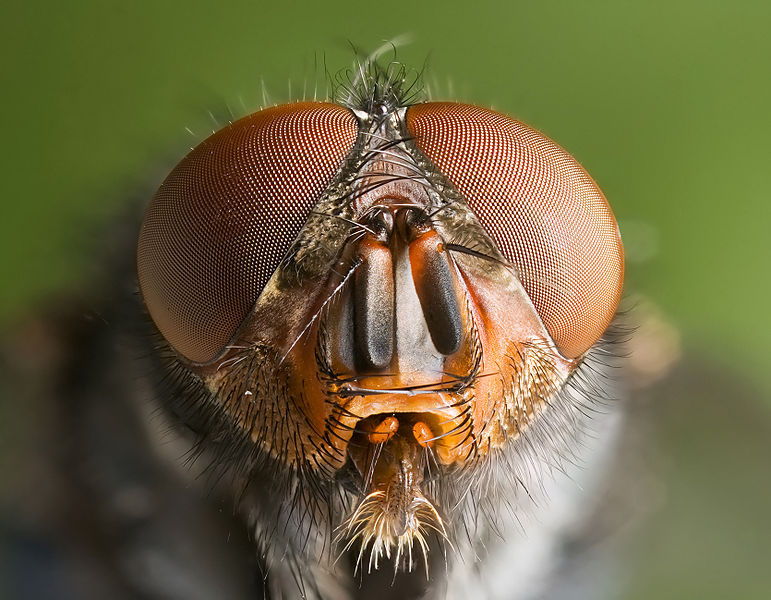Science News
Unusual Biodiversity Monitors
January 31, 2013

In a recent Science in Action video, the Academy’s Dean of Science and Research Collections Terry Gosliner says, “We don’t have the luxury of waiting another 200 years of discovery to really catalog most of life. We’ve got to come up with mechanisms that really accelerate that process so that we get can the best information out as quickly as possible to all of the end users.”
With the rate our world is changing and warming, there’s an urgency to cataloging and monitoring Earth’s diversity. Traditional efforts are often expensive and require many scientist- (and citizen scientist-) hours visiting remote lands that are often inaccessible.
But researchers are discovering other ways to monitor regional biodiversity and animal populations. Last year, Danish scientists found they could extract mammal DNA from leeches’ last blood meals. Now, German researchers are grabbing mammal DNA from widespread carrion flies.
Carrion flies (Calliphoridae and Sarcophagidae) feed on animal corpses, open wounds, and feces. While disgusting, the flies are widely distributed, found in diverse habitats and, perhaps most importantly, easy to catch. And since they don’t have acids in their guts like we do, scientists are able to retrieve viable DNA fragments from their stomachs.
For a recent study, published in the February 2013 issue of Molecular Ecology, the German scientists looked at carrion fly guts from two different forests—Taï National Park in Côte d’Ivoire, a rainforest, and the Kirindy Forest in Madagascar, a dry, deciduous forest. Among the mammals identified from the DNA fragments in the carrion flies were monkeys, lemurs, rodents, shrews, antelope, bats and even a hippopotamus. The DNA also revealed two bird species and one amphibian species.
Using deep sequencing technology, researchers are able to identify exact species, and hopefully at some point, they can glean information about population sizes and the spread of diseases.
The authors of the recent paper argue that with carrion flies and leeches performing their normal, albeit gross duties, perhaps scientists and conservationists can have entire armies of biodiversity monitors in the field.
Calliphora vomitoria image: JJ Harrison/Wikipedia